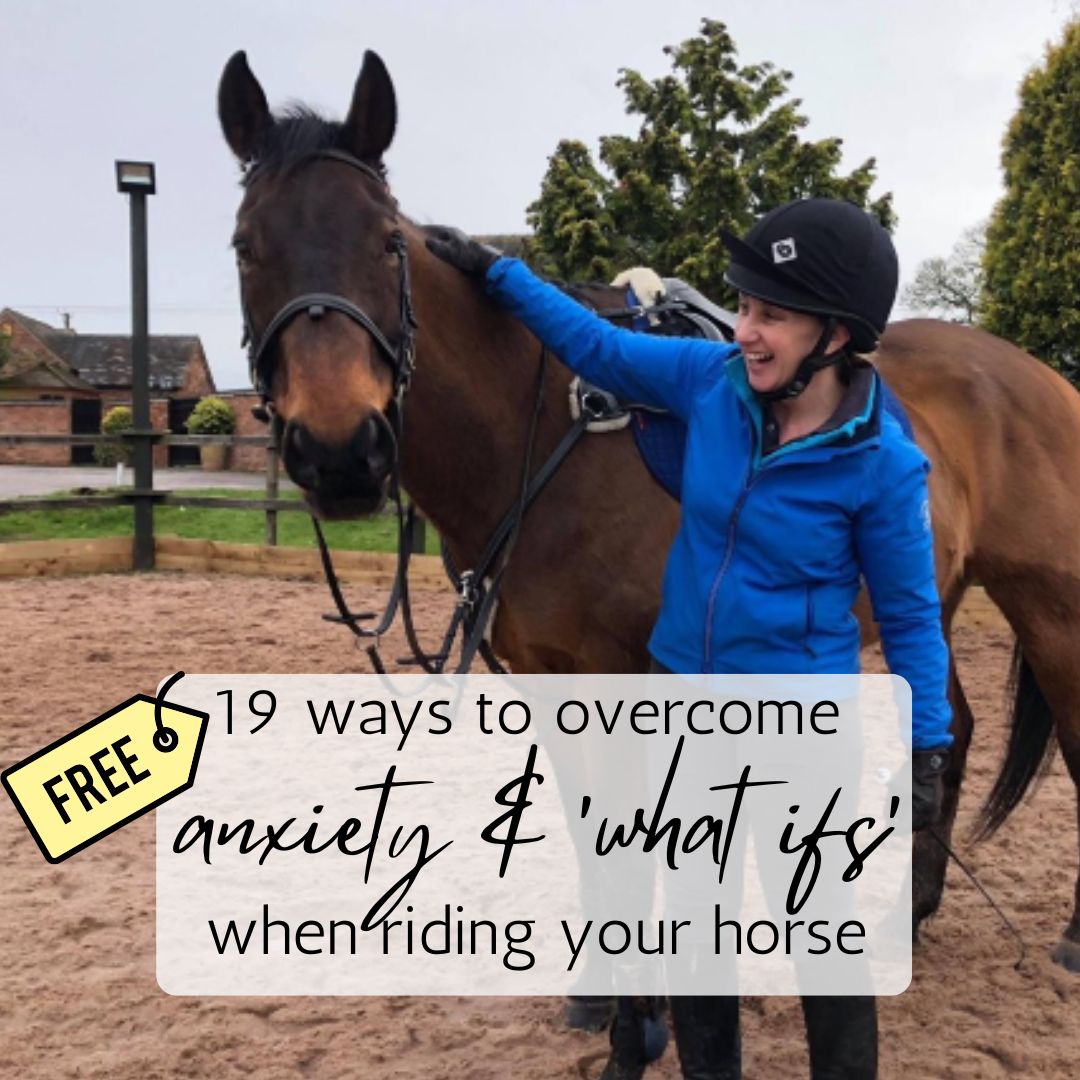Top Tips for Riding in the Winter
www.theeverydayequestrian.co.uk
We’re definitely in the grip of winter now and it can be a real challenge to get motivated to ride at this time of year. Time is precious and here are my top tips for riding in the winter:
- Wear the right clothes! In my experience the best way to keep warm and dry in the winter is to use layers. There are some fantastic base layers available for ridings, layer with a wick-dry fleece and a snug waterproof jacket & you’ll be ready for anything. I love the new style riding tights as they’re super comfy, but choose the one designed for the winter months as they’ll help keep your legs warm and reduce the chance of chilblains. Find some thin, lightweight neoprene gloves which allow grip and feel, along with a long cuff to tuck into your sleeves.
- Keep off the road if there is any risk of ice, as it’s simply not safe. Get hacking off road or schooling in the arena. Better to be safe than sorry!
- Pick out your horse’s feet regularly to help prevent snow/ice/mud balling up inside them. Slather Vaseline inside the feet to help stop this from happening.
- Keep a couple of bags of rock salt on the yard, ready to spread if ice has formed. This will reduce the risk of either you or the horse slipping over!
- Use brushing and over-reach boots on your horse when hacking, to reduce the risk of injury when hacking. If you’re riding on the road, always use knee boots too.
- Use Hi-Viz clothing for you and your horse when hacking, on or off-road. You’ll be far more visible to drivers and more likely to be found if you do have a fall!
- Buy some neoprene-lined wellies! I suffer with a mild form of Raynaud’s disease so my fingers & toes become incredibly painful if they get cold. These warm wellies are a God-send.
- Allow extra time for your horse to warm up properly. Older horses can become a lot stiffer during the colder months, so you need to account for this before you start schooling seriously.
- Allow extra time for your horse to cool down after a work-out, particularly if he/she is not clipped. Stretching in walk will allow the horse’s heart and respiratory rates to return to normal and help dry the horse out if he/she has become sweaty.
- Take your gloves off and run your hands down all four legs at least daily. It is very easy to miss heat and swelling with gloves on.
- Only clip your horse as much as is necessary. Not every horse needs to be clipped, and most need less hair of than their owners think!
- After riding, make sure that you wash any sensitive, clipped areas to reduce the chance of sores forming.
- Use a waterproof exercise sheet when riding. It will help keep the horse warm and dry in miserable weather.
- If you’re not able to turn your horse out over the winter, do make sure he/she gets time out of the stable each day; you could hack, school, lunge, long-rein, free school. Do whatever you can to get his/her heart beating and reduce boredom and the risk of colic.
- Plait the lower part of your horse’s tail to keep it clean when hacking or schooling.
- Have a schooling plan for each day; plan a clear warm up, a simple flat or pole exercise and a stretchy cool down.
- Give yourself a time limit to get jobs done; you’ll find that you are much more efficient & productive!
- Always carry a mobile phone if you’re riding in bad weather, just in case of problems.
- Hire a local indoor arena to give you a boost with schooling (in the dry at least!)
- Make the most of lunging, long-reining or in-hand work if you just don’t have time to ride.
- Make use of carrot stretches and simple massage techniques to help keep your horse supple and strong
Riding in winter is always going to be a challenge, but where there’s a will, there’s a way! Plan ahead and give yourself a goal to work towards and you’ll find that you will be more likely to progress with your training.


